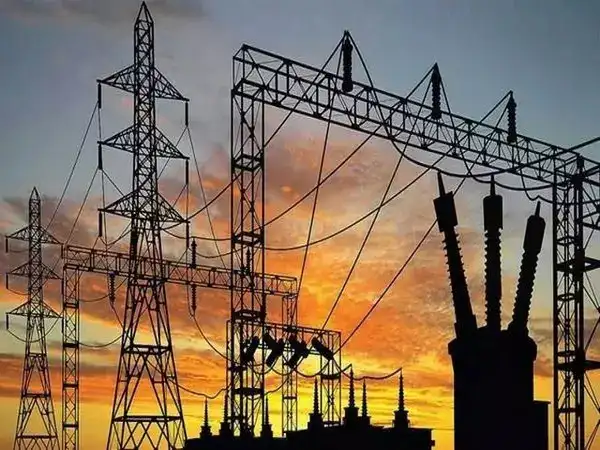Jammu and Kashmir is heading toward a massive energy challenge as official projections reveal that the region’s power demand is expected to surge by nearly 50 percent over the next decade — a jump that could overwhelm its decades-old and overstressed electricity infrastructure if immediate modernization is not prioritized.
According to recently accessed official documents, the administration has forecasted a 49.42 percent increase in power demand by 2034-35, signaling one of the steepest demand climbs the Union Territory has seen in recent planning cycles.
Authorities further highlight that peak demand will rise even faster than overall energy demand, with an estimated annual growth of about 6 percent from 2025-26 to 2034-35. This trend indicates intensifying consumption patterns driven by population growth, expanding industries, and increased household dependency on electricity.
Year-Wise Breakdown of Estimated Power Demand Growth
The projected rise in electricity demand across the decade paints a clear picture of intensifying pressure:
-
2025-26: 5 percent increase
-
2026-27: 4 percent
-
2027-28: 4 percent
-
2028-29: 3 percent
-
2029-30: 5 percent
-
2030-31: 4 percent
-
2031-32: 4 percent
-
2032-33: 3 percent
-
2033-34: 5 percent
-
2034-35: 4 percent
These numbers also highlight a recurring pattern — frequent spikes every few years that could strain existing grids if not supported with new infrastructure and optimized distribution mechanisms.
Demand Estimation Higher Than National Projections
The official report notes that J&K’s internal estimates surpass those projected by the 20th Electric Power Survey of India, prompting authorities to base all future studies on the UT’s higher, more realistic projections.
Future Planning: Solar, Hydro, and Coal Additions
The documents also outline significant upcoming power additions planned by 2030:
-
392 MW of coal-based capacity under the Shakti Scheme
-
620 MW of new solar energy capacity
-
1206 MW of hydroelectric power
These expansions are based on the region’s 2022-23 demand profile and actual solar generation data provided by the UT.







